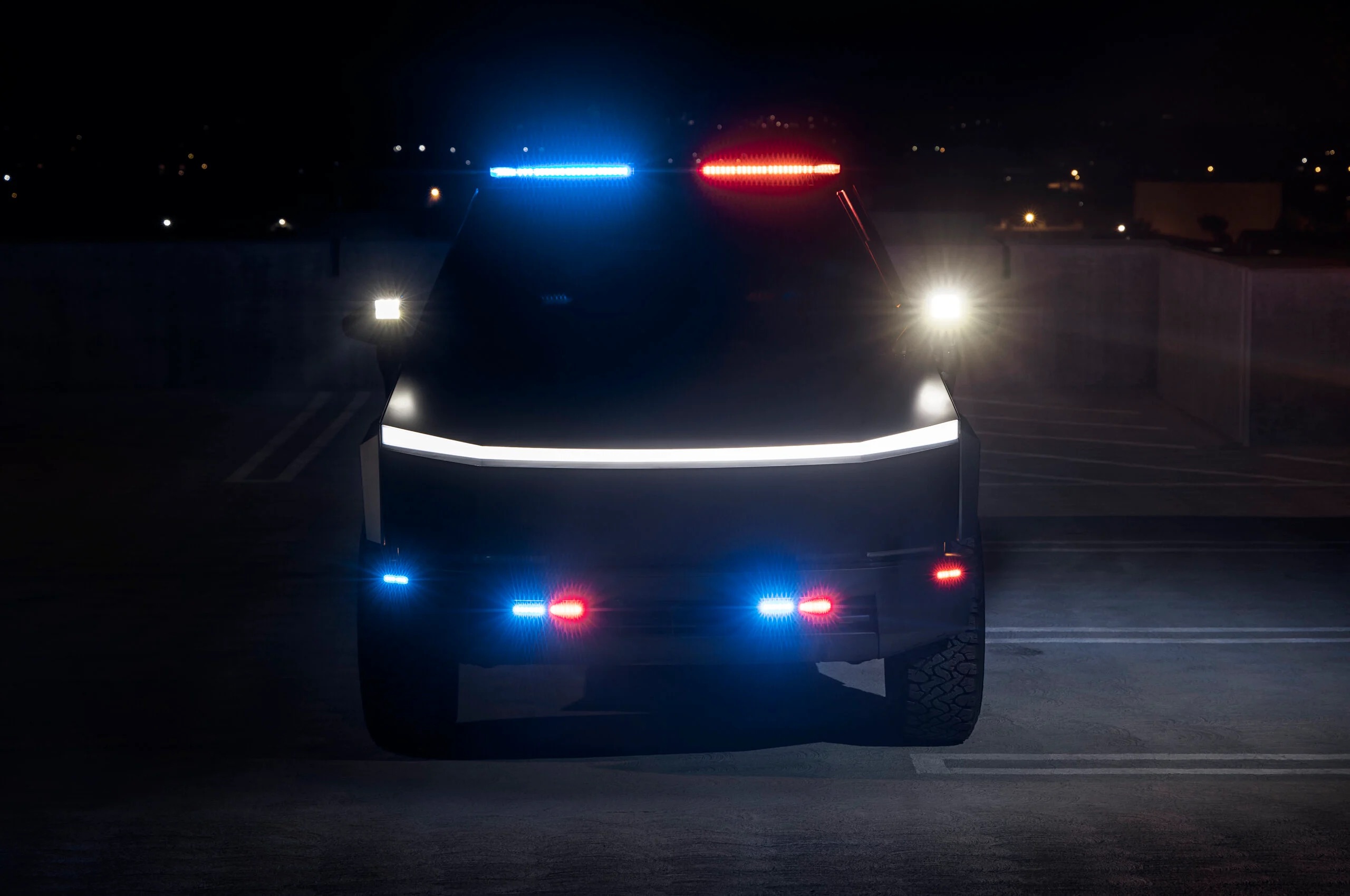Johnson Industries’ industrial brakes are keeping railyard operations running smoothly across the country.
Since the start of the 2023–24 financial year, more than half a billion tonnes of throughput has moved through shipping ports in Western Australia.
The Pilbara Ports Authority reported a total throughput of 67.5 million tonnes (Mt) in the month of March alone, a nine per cent increase from March 2023. Of this figure, 50.1Mt were iron ore exports coming out of Port Hedland, bound mostly for China.
As an island nation with a global trading presence, Australia’s ports are vital to its economic wellbeing. Cranes and other railyard machinery play a key role in this equation, loading and onloading materials en masse.
That’s why companies go to great lengths to ensure this machinery is reliable, safe, and sturdy.
Johnson Industries has over a century of expertise when it comes to manufacturing industrial brake systems. When it comes to a port or railyard, the original equipment manufacturer’s (OEM) brake systems can be found in rail-based ore transport systems in the form of wheel grippers and rail clamps, and in many general crane applications.
Storm brakes
Cranes, stacker-reclaimers, and ship-loaders commonly found at ports are enormous.
In a place like Australia, which is subject to tropical conditions and the odd extreme weather event, these towering pieces of equipment can act like sails, catching wind and leading to uncontrolled movements. This is a danger for people, equipment, and productivity.
Johnson Industries’ storm brakes firmly secure rail-mounted equipment, ensuring port machinery remains stationary even in adverse weather.
“Our rail clamps provide a robust grip by squeezing the rail from both sides, offering excellent stability,” Johnson Industries chief executive officer Lawrence Johnson told Australian Mining.
“Their design is often more intricate than pushdown brakes but offers the advantage of evenly distributed clamping force.”
These rail clamps come in a range of capacities from 450kg through to 68 tonnes (or 4.4–667 kilonewtons (kN)) of holding force. Mounting options include truck-end, sill-beam, and flange mounted designs.
Johnson Industries also offers a variety of custom mountings, coatings, match-drilled mating flanges, dust-tight or custom enclosures, and hand pumps for manual release.
Additionally, power units can be separate or integrated into the rail clamp enclosure, which affords sites a great deal of customisation with their brakes.
“Our rail clamps are especially adapted to resist wind and other external forces on track-mounted equipment such as bulk material stacker-reclaimers and all types of bridge, gantry, and container cranes,” Johnson said.
“Our standard assembly includes the floating yoke clamping mechanism, manual release bolt, stainless steel pins, spring actuator, enclosure support structure, limit switch, and flow-control valve.
“Each rail clamp is supplied as a complete assembled unit, ready for easy installation.”
Wheel grippers
Johnson Industries also offers a range of wheel grippers, which are used in mining to securely hold and stabilise rail car wheels during the dumping process.
The company’s wheel gripper system is a complete field-ready package, used to quickly and reliably secure rail cars at both ends of a car dumper. This system also has applications in other types of track-mounted equipment such as bulk material stacker reclaimers, and any type of bridge, gantry, and container crane.
Johnson Industries manufactures three sizes of wheel grippers, rated at 5.6 tonnes (55kN), 11.3 tonnes (110kN) and 15.8 tonnes (150kN) of holding force.
Intelligent design makes the wheel gripper systems safe and reliable.
“Special machined steel shoes provide positive clamping on the sides of the wheel rim,” Johnson said.
“A yoke assembly beneath the rail accommodates minor lateral movement of the rail car wheels and truck with respect to the rail. The yoke assembly houses the actuator and supports the mechanism when the gripper jaws are in their retracted position.
“One or more limit switches in each mechanism indicates gripper release, set and wear, and may be interlocked with other equipment, which prevents rail car movement when the gripper is not fully released.”
Johnson Industries makes a variety of other brakes for railyard applications, such as brake systems for hoisting applications.
With so many options, and so much at stake, its best to consult the experts when it comes to choosing the right brake for the job.
“When deciding on a brake, it is crucial to consider the application, torque requirement, and operating environment,” Johnson said.
“Johnson Industries has a deep knowledge of industrial brake systems and stands ready to support the Australian mining industry.”
This feature appeared in the July 2024 issue of Australian Mining.




